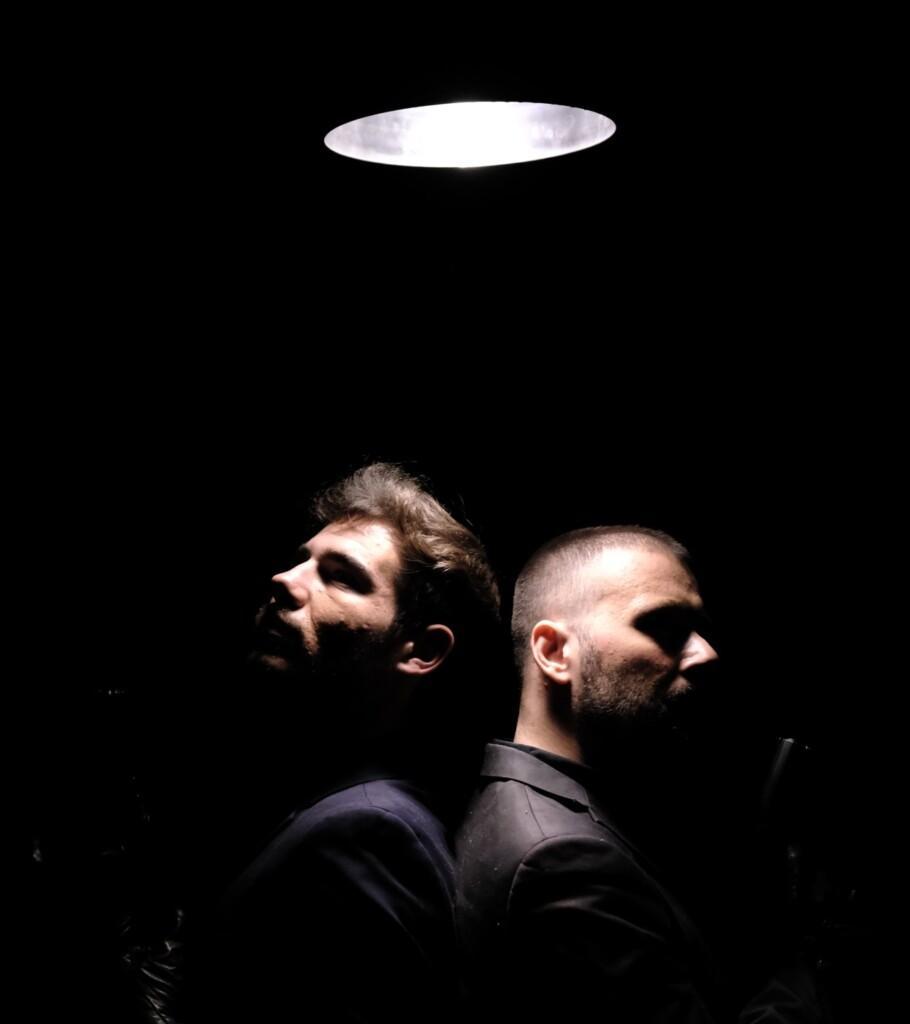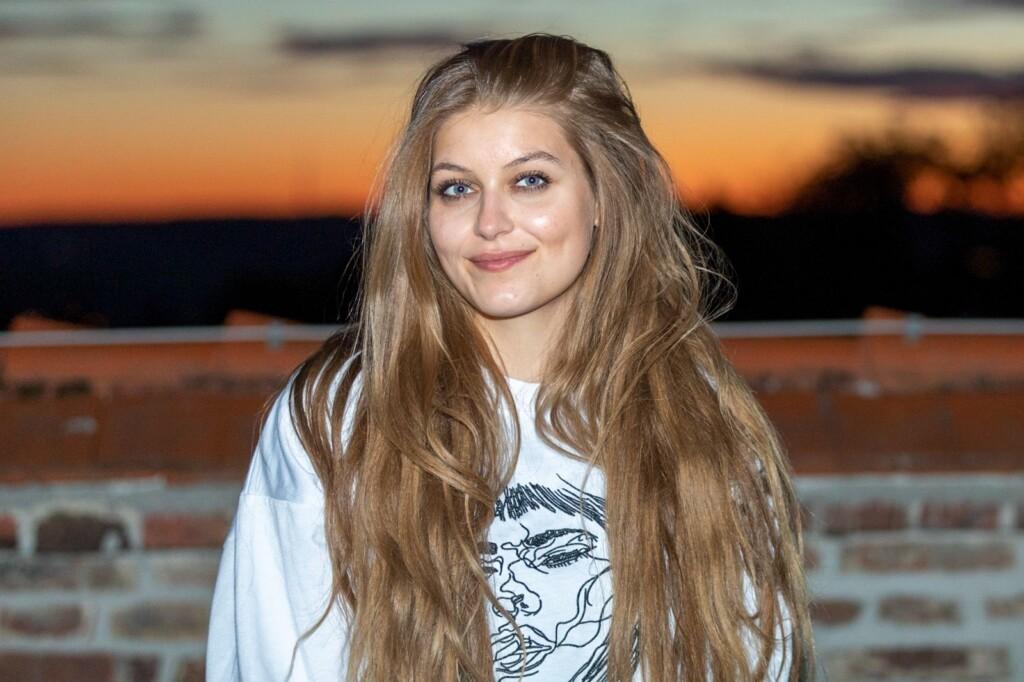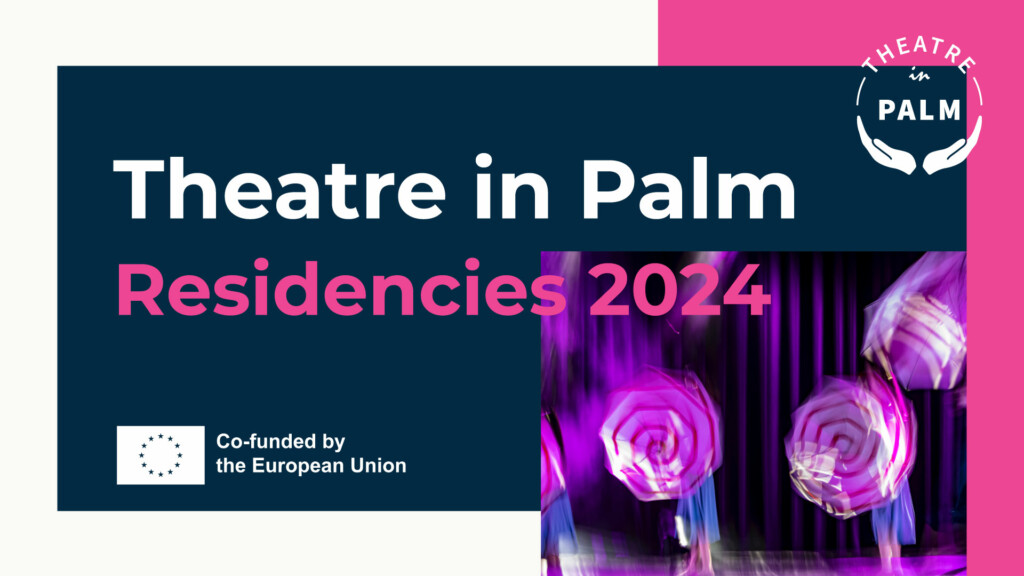LuzLíquida: Rethinking connections through art and science
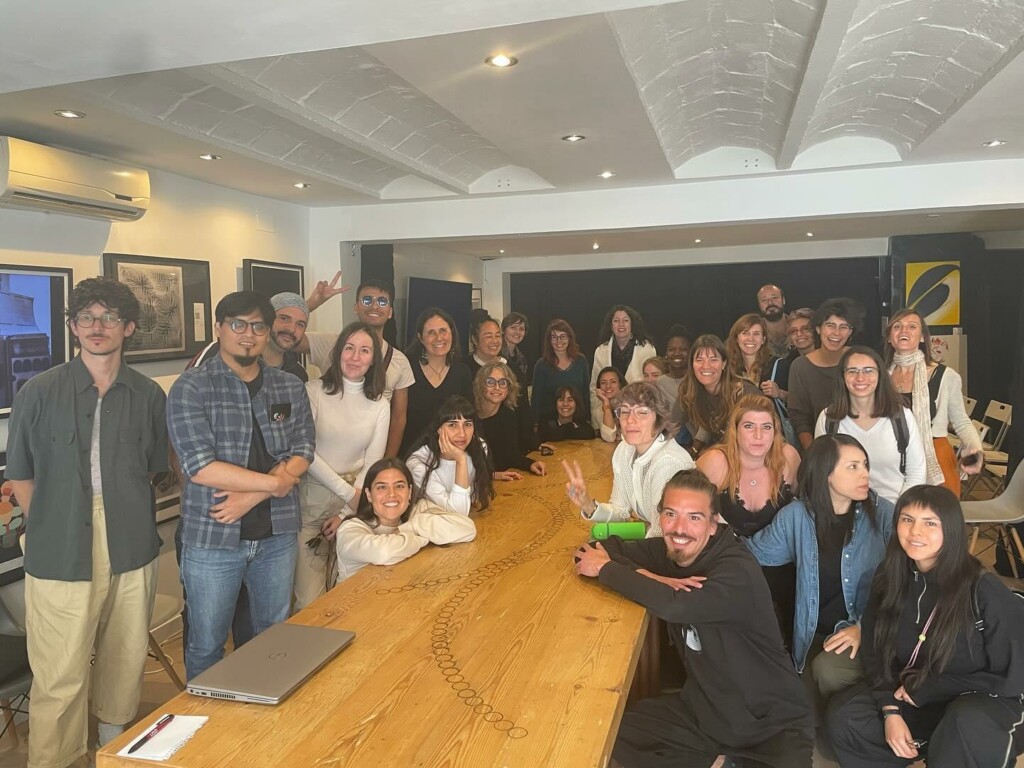

LuzLiquida is a project born within the framework of the European Theater in Palm project, in collaboration with ESPRONCEDA Institute of Art & Culture, the Institute of Marine Sciences of Barcelona (ICM-CSIC), and Inervo (a dance and theater company from Madrid). It seeks to research and explore, through performing arts, different methodologies and languages around the themes of the PETRI-MED project (focused on plankton biodiversity through remote sensing and omics in the Mediterranean Sea).
LuzLíquida 1.0: An interdisciplinary laboratory
LuzLíquida 1.0 was an interdisciplinary research laboratory held from May 2-4, 2024 at ESPRONCEDA Institute of Art & Culture in Barcelona. This initiative brought together artists from diverse fields to explore the intersection of biomimicry and the functional dynamics of phytoplankton.
The lab included:
- Discussions with the scientific team.
- Participation in an interdisciplinary artistic workshop.
- A public exhibition showcasing results from the experience.
The aim was to create a metaphor for collaboration among living beings through art and to develop artistic, philosophical, pedagogical, and cultural materials. This fosters public understanding of the importance of phytoplankton functions, which are essential for the planet. The project aims to merge the scientific and artistic worlds to drive socio-ecological change.
Workshop structure and focus
Day 1:
- Morning: Scientific workshop focused on analyzing the basic functions of phytoplankton.
- Afternoon: Performance art workshop where scientific knowledge was transformed into artistic performances.
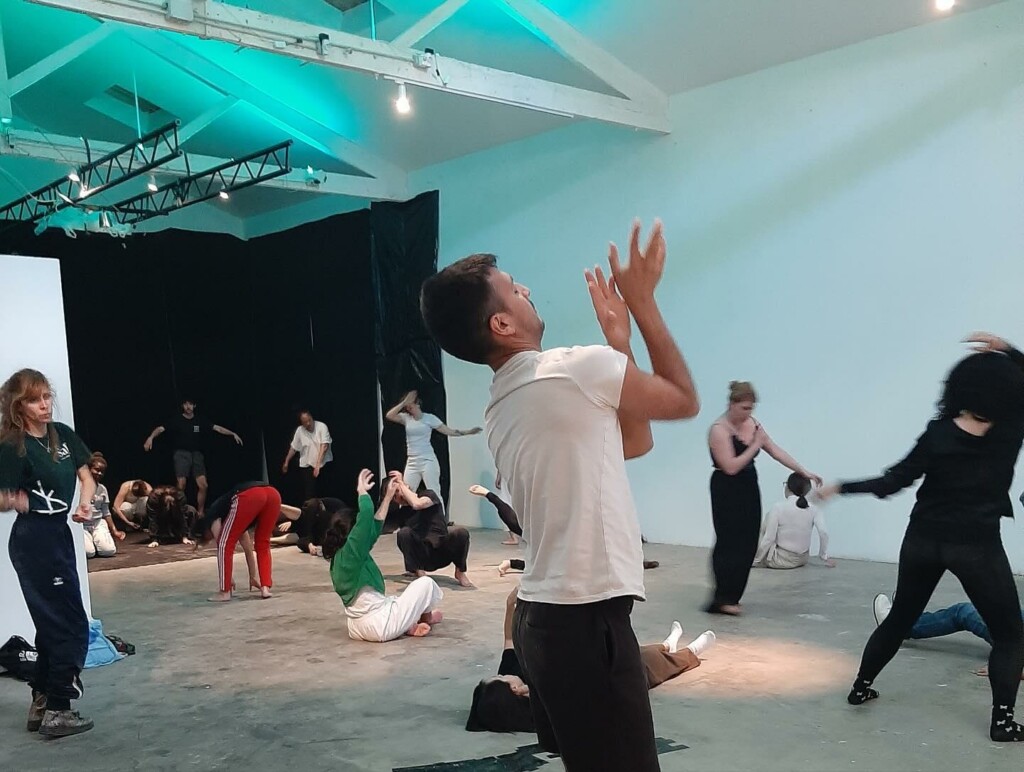
The focus on phytoplankton as a model for developing methodologies at the intersection of art and science with an ecological vision inspired new creative and scientific perspectives. Exploring the relationships between human nature and phytoplankton across disciplines aimed to challenge traditional aesthetics and open dialogues between the human and non-human.
Day 2:
- Emphasis on collaboration and collective creation.
Participants engaged in various activities, including theoretical reflection, physical exploration, and creative composition, using materials such as slides, scenic play, automatic writing, and poetic and physical mediums to delve deeper into the relationship between art and science. The final goal was to build a metaphor of horizontal conceptual collaboration across microscopic, human, artistic, and scientific investigations.
Workshop content overview
The workshop’s objective was to investigate through performing arts different methodologies and languages related to PETRI-MED themes (focused on plankton biodiversity through remote sensing and omics in the Mediterranean Sea). Collaboration between art, science, and pedagogy provided the foundation for methodological and linguistic research within the lab. Through group dynamics, poetic expression, and scientific analysis, participants highlighted the ecological importance of phytoplankton.
Workshop day scheme (3rd May):
- Body and group dynamics
- Creative compilation and reflection on the art-science relationship.
- Analysis of the power dynamics between art and scientific material, exploring eco-sociality.
- Contextualization of the creation and presentation spaces.
- Functionality discussion of artworks in terms of information, entertainment, and practical utility.
- Key concepts discussion: contact poetics, anthropological work.
- Consideration of internal timing of artworks and their impact on public consciousness.
Key inspirations for laboratory content
- The Body Biomimetics Laboratory: This was based on Rudolf Laban’s technique as a starting point. He was a pioneer as a dance theorist in addressing the analysis, understanding, classification and development of movement and the human body. His scientific approach allowed for a deep and systematic understanding of bodily functionality, offering tools to apply various physical functions with precision and creativity and thus explore relationships with living beings, natural elements and environmental dynamics.
- Light, Shadow, Color, and Projection: Given the crucial importance of photosynthesis in the functional development of phytoplankton, and the marked contrast between underwater darkness and surface luminosity, a clear parallel emerges between light and shadow, a concept inherent in both theatrical composition and the visual arts. During the laboratory, this element was explored through experimentation with slides and their chromatic projection, as well as the manipulation of light and shadow.
- Stage dynamics and food network: Work was also carried out on the relationship between the graphic syntheses of body dynamics and group behavior in Laban’s dance and archival images of marine phytoplankton, both in the scenic game and in the focus on the relationship between the artists of the different disciplines participating in the workshop.
- Space and vertical migration: The relationship with spatial and rhythmic dynamics was based on the vertical migratory movement of phytoplankton, establishing a connection between the direction of spatial scenic movement and the movement of phytoplankton in the sea.
- Reflection: One of the aims of the laboratory was to serve as a space for reflection and, at the same time, to provide tools for artistic creation in ecology and science. The objective was to integrate performing arts, new media, and sound art with topics such as non-human rights, collective intelligence, and resilience.
Day 3. Presentation event
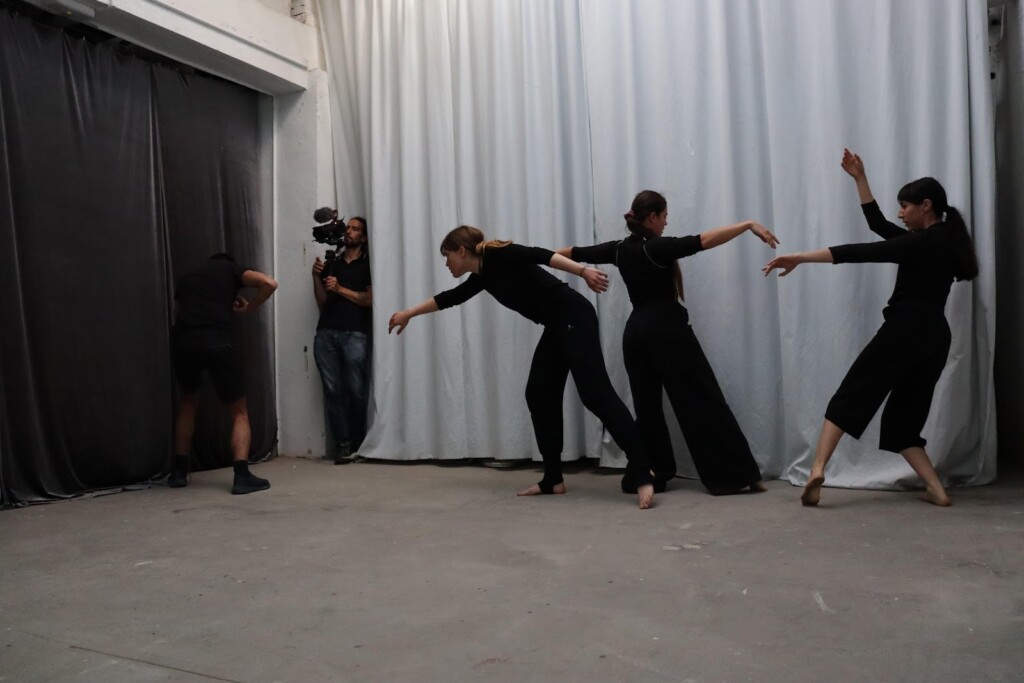
The LuzLíquida project sought to engage the public by presenting the results of two days of interdisciplinary workshops. During this event, the creative outcomes of 24 selected artists, alongside representatives from Inervo, were showcased.
The performance offered multisensory experiences, allowing attendees to explore creative results across various disciplines, including performing arts, sound art, and new media.
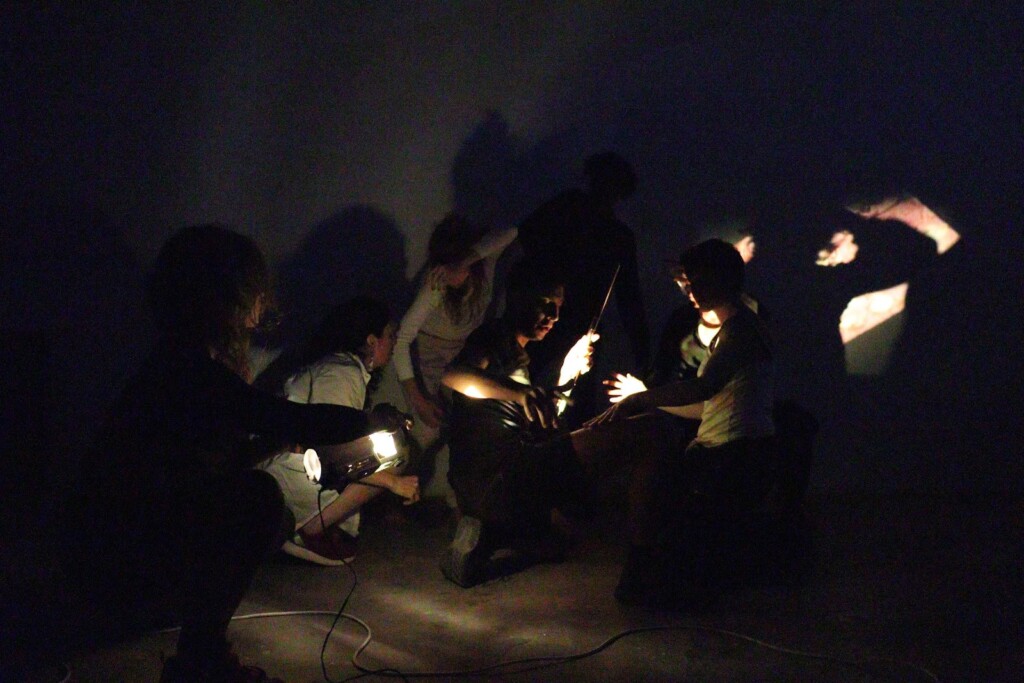
The project’s goal was to create a metaphor for collaboration between living beings through art, while developing artistic, philosophical, pedagogical, and cultural materials that help the public understand and raise awareness of the vital functions of phytoplankton for the planet.
By merging science and art, LuzLíquida aims to drive socio-ecological change.
